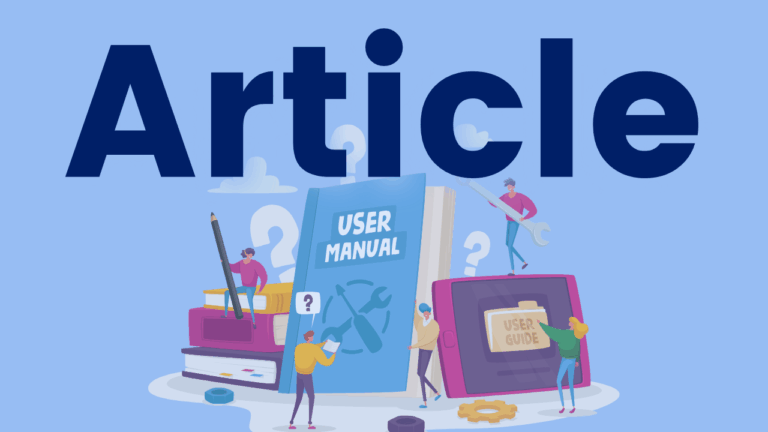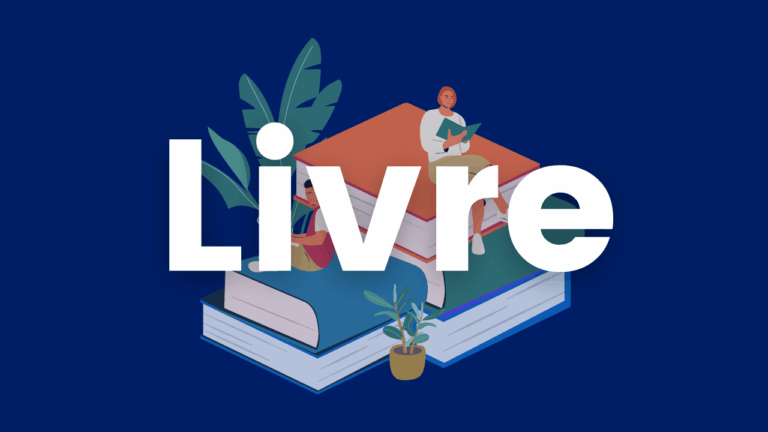Exploring Language and Meaning in Complex Texts
In this International Dyslexia Association Perspectives article, Dr. Mary Schleppegrell has described three strategies educators can use to help students explore the language of complex texts. Educators can explicitly discuss the connections between the form and meaning of texts to help students read for deeper understanding.



